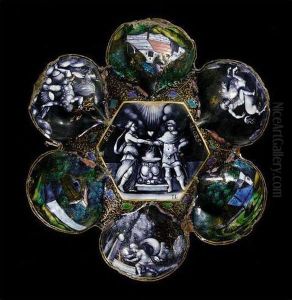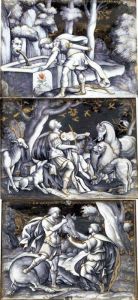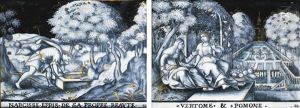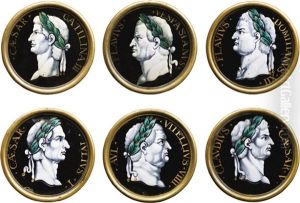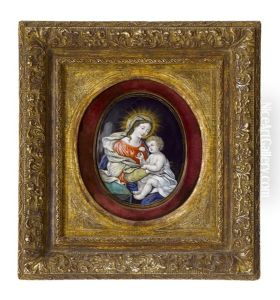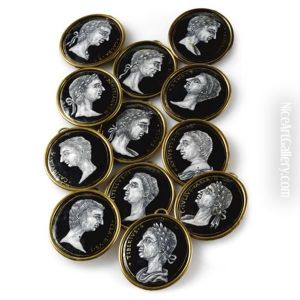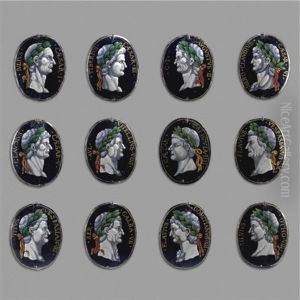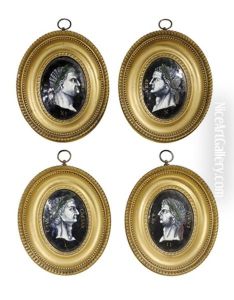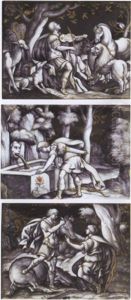Jacques I Laudin Paintings
Jacques I Laudin was a renowned French enamel painter, born in 1627 in Limoges, France, a city with a rich history in enamel work dating back to the Middle Ages. Laudin was part of a family of enamel artists and is often considered one of the most important figures in the development of enamel painting in the 17th century.
Laudin's work primarily consisted of religious themes, portraits, and mythological scenes. He was known for his sophisticated use of colors and his ability to create depth and realism in his pieces. His enamels were executed on copper plates, which was typical of the Limoges tradition. He often worked on a grand scale, producing large altar-pieces and decorative panels, which was somewhat unusual for enamel work of that time, usually known for its miniature scale.
Throughout his career, Jacques I Laudin achieved great success and his work was collected by the aristocracy and the church alike. His enamels were admired for their brilliance and the precision with which he executed the intricate designs. He was also praised for his innovative techniques, which allowed for greater durability and resistance to the fading of colors. Laudin's legacy includes not only his own magnificent works but also the influence he had on other enamel artists in Limoges and beyond.
Despite the success he enjoyed in his lifetime, details about Laudin's personal life are relatively scarce, and much of what we know about him is derived from his surviving works and the records of their commissions. Jacques I Laudin died in 1695 in Limoges. Today, his works are considered a significant part of French artistic heritage and can be found in various museums and private collections around the world.
